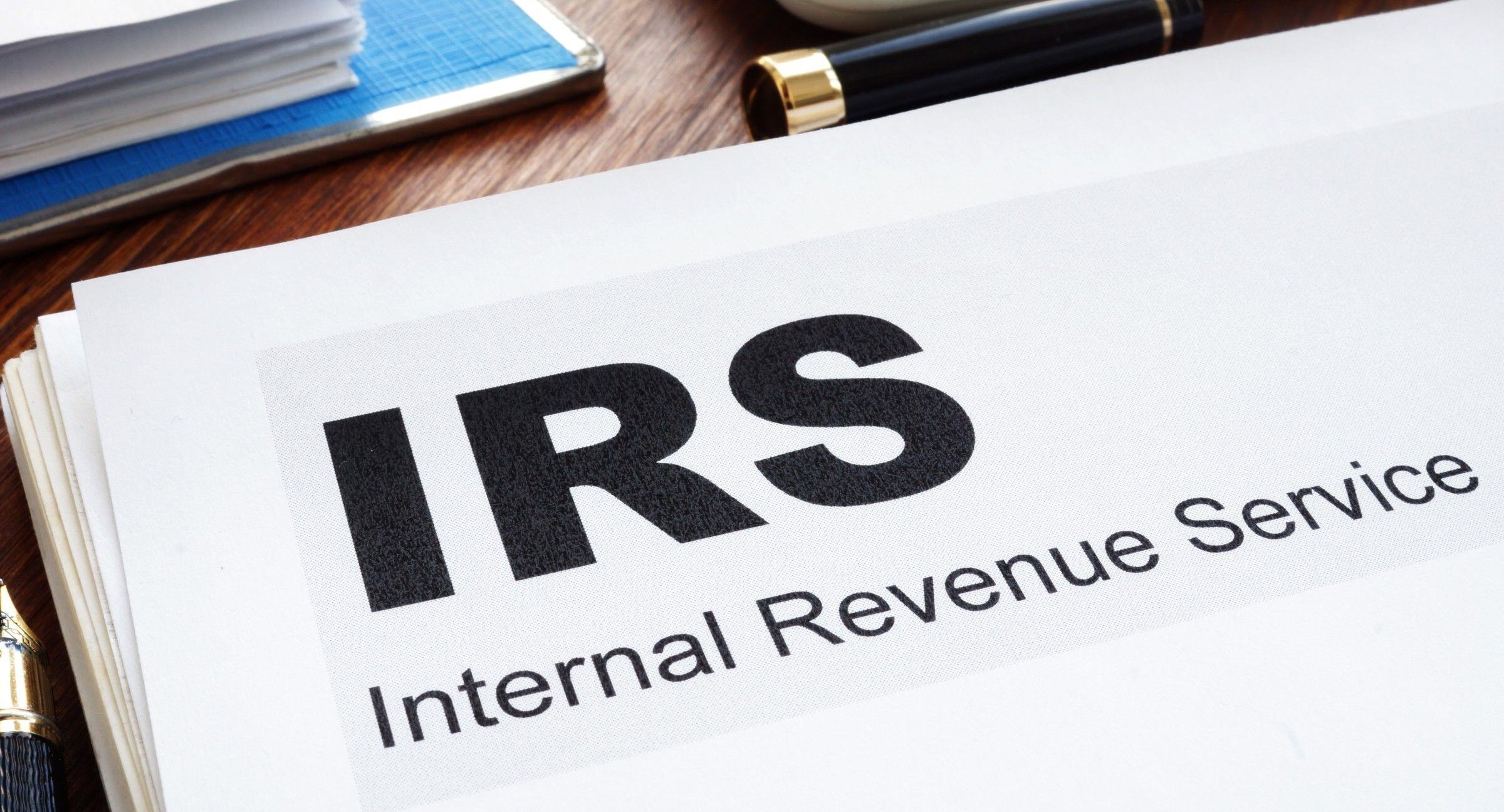Common Questions About Cost Segregation as a Tax Strategy
Cost segregation is a powerful tax strategy with the potential to save property owners a significant amount of money. Hiring a team to evaluate your property and accelerate depreciation on building components and land improvements can offset a significant portion (if not all) of your tax liability. If the study yields a surplus of deductions, they can be carried forward to future years.
While this sounds amazing, cost segregation studies are not a one size fits all solution, nor are they for everyone. Additionally, being such a specialized area of taxes, cost segregation is often (and easily) misunderstood.
We have compiled some of the top questions, concerns, and misunderstandings around cost segregation and created a two part blog series to address them in detail. So, without further ado, let’s jump right in!
Is it (Cost Segregation) going away?
There is currently no indication that cost segregation is going away. In fact, cost segregation has become an increasingly popular tax planning strategy for building owners and businesses looking to accelerate depreciation deductions and reduce their tax liability.
Cost segregation is based on IRS-approved methods and guidelines, and has been recognized by the IRS for many years as a legitimate tax planning strategy. In addition, the tangible property regulations (TPRs), which were issued by the IRS in 2013, provide added guidance and clarification on how to determine the appropriate tax treatment for various types of building assets.
While tax laws and regulations can change over time, there is no reason to believe that cost segregation will be eliminated or significantly altered in the near future. However, it’s important to stay informed about changes in tax laws and regulations, and to consult with a qualified tax professional to ensure that your tax planning strategies are appropriate and compliant with current tax laws and regulations.
Can you offset capital gains tax with cost segregation?
This is a very common question for those seeking to reduce tax burdens using the cost segregation strategy. And, generally speaking, the answer is no. But, like many things in the tax code, the devil is in the details. It may be possible to use passive activity losses to offset capital gains on your taxes, but the rules and limitations surrounding the use of passive activity losses are complex and depend on your specific circumstances.
Passive activity losses are losses generated from rental activities or other passive investments, and are subject to special tax rules that limit the ability to use those losses to offset other types of income, including capital gains.
Under the passive activity loss rules, passive losses can generally only be used to offset passive income, such as rental income, but not other types of income, including capital gains. However, if you actively participate in the rental activity or have material participation in a trade or business, you may be able to deduct up to $25,000 in passive activity losses against other types of income, including capital gains.
If you are unable to use your passive activity losses in the current tax year, you may be able to carry them forward to future tax years to offset future passive income or gains.
It’s important to consult with a qualified tax professional to determine the specific rules and limitations surrounding the use of passive activity losses in your particular situation, and to develop a tax planning strategy that takes advantage of all available tax benefits and deductions.
What are the pros and cons of cost segregation?
Cost segregation has both pros and cons, and whether it is right for you will depend on your specific circumstances and goals. Here are some general pros and cons to consider:
Pros of cost segregation:
- Accelerated depreciation: cost segregation can accelerate depreciation deductions on a building, allowing the owner to take larger deductions in earlier years and reduce their overall tax liability.
- Increased cash flow: by reducing taxes owed through accelerated depreciation, cost segregation can increase cash flow for building owners and businesses.
- Improved return on investment: cost segregation can improve the return on investment for building owners and businesses by reducing tax liability and increasing cash flow.
- Enhanced asset management: cost segregation requires a detailed analysis of a building’s components, which can lead to improved asset management and identification of opportunities for repairs, maintenance, and upgrades.
Cons of cost segregation:
- Higher upfront cost: the cost of performing a cost segregation study can be high, which can be a barrier for some building owners and businesses.
- Potential for increased audit risk: if the cost segregation study is not performed correctly, it can increase the risk of an audit by the IRS.
- Complex rules and regulations: the rules and regulations surrounding cost segregation can be complex, and it is important to work with a qualified professional to ensure compliance.
- Potential for recapture: if the building is sold before the end of its useful life, the accelerated depreciation taken through cost segregation may be subject to recapture, resulting in a tax liability.
It’s important to consider both the pros and cons of cost segregation and to consult with a qualified professional to determine if it is the right strategy for your specific situation. While this tax strategy is unlikely to disappear or change substantially, it is important to work with someone who stays on top of current tax law. Compliance is of the utmost importance when planning your tax strategies.
There is a lot to unpack in this blog, and we are always happy to chat in more detail and answer specific questions. Please don’t hesitate to reach out if you would like more information. And stay tuned for our next blog in this two part series which will address the cost and cost structure of a cost segregation study, the value of investing in a study and when not to get a study done.


